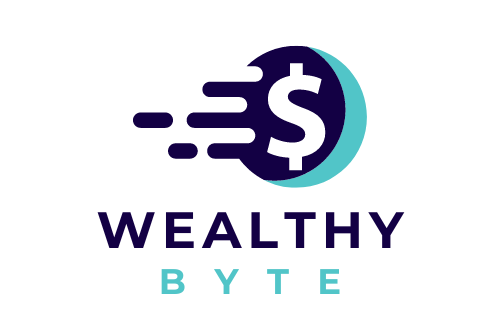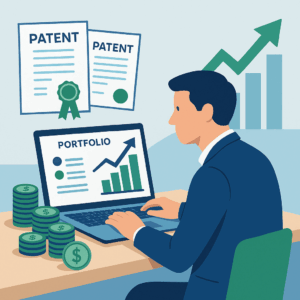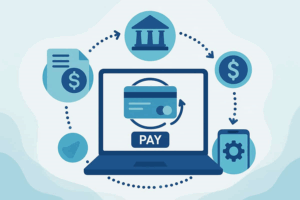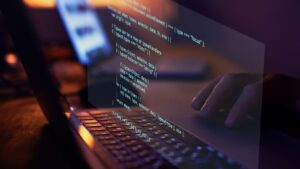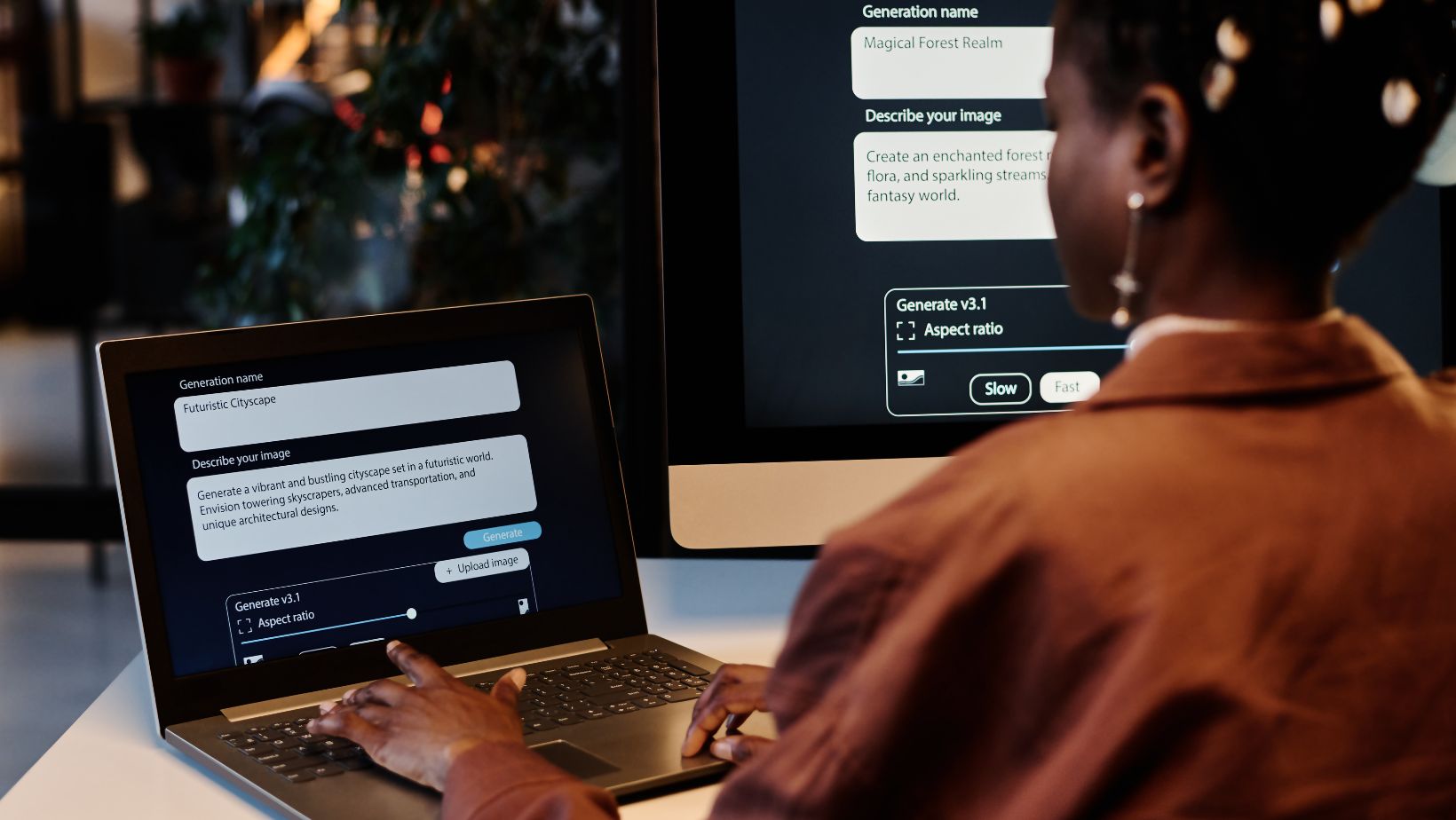
In the last couple of years, AI video generation tools have started to become game-changers in the world of content creation. Such technologies have lowered the barrier to entry for video production by a great extent, allowing creators and businesses-even individual users-to create high-quality video content without advanced skills or expensive equipment. But what is driving this revolution? What is behind the ease with which these tools can create impressive videos?
The following article describes how AI video generation tools work and what technologies stand behind them. From machine learning algorithms to neural networks, let’s dive deep into the fascinating world lying behind AI video generation.
The Rise of AI Video Generators
It is important to understand the context in which these tools have emerged before going into the specifics of the technologies that lie behind AI video creation. Conventionally, video production has been a resource-intensive activity, requiring expensive cameras, editing software, and a lot of human effort. However, AI video generator has disrupted this model by automating key stages of production, including scriptwriting, voiceover creation, and video editing.
Deevid, Pictory, and Runway are a few of the most popular tools that have been highly accepted because of the professional-looking videos they create with no video production expertise. Be it a marketer who wants to create content for a product launch or an educator creating instructional videos; for both, AI video generators present an accessible and cost-effective alternative to traditional video production.
Machine Learning and Deep Learning: The Core Technology
AI video generation essentially contains two closely related sub-branches of artificial intelligence: machine learning and deep learning. Both constitute a class of computer vision that enables computers to make predictions or generate content from a vast amount of data with no explicit programming.
Machine Learning Algorithms:
Machine learning algorithms in Text to video AI generation tools are majorly applied for the following:
- Pattern Recognition: It would include identification of patterns within videos, audios, and texts. For example, an AI video tool can learn from hundreds of hours of footage to understand how people generally move or speak in a particular scene.
- Video Enhancement: This is done through the enhancement of its quality by learning from high-resolution content datasets. AI can upscale low-quality videos by predicting the missing pixels while making educated guesses to enhance the final product.
- Speech-to-Text and Text-to-Speech: Most AI video makers rely on the usage of machine learning models to convert speech into text or vice versa. That means one can create captions or voiceovers from a written script with complete automation, saving the creator much time and effort.
Deep Learning:
Deep learning is basically a subcategory of machine learning that has gone a step ahead in imitating the activity of the human brain using what is called ANNs. In such networks, layers of nodes, or neurons, process complex information and learn from it. In AI-powered video generation, deep learning models are normally trained on an enormous amount of data in order for them to understand the real content, like human faces, gestures, and speech patterns.
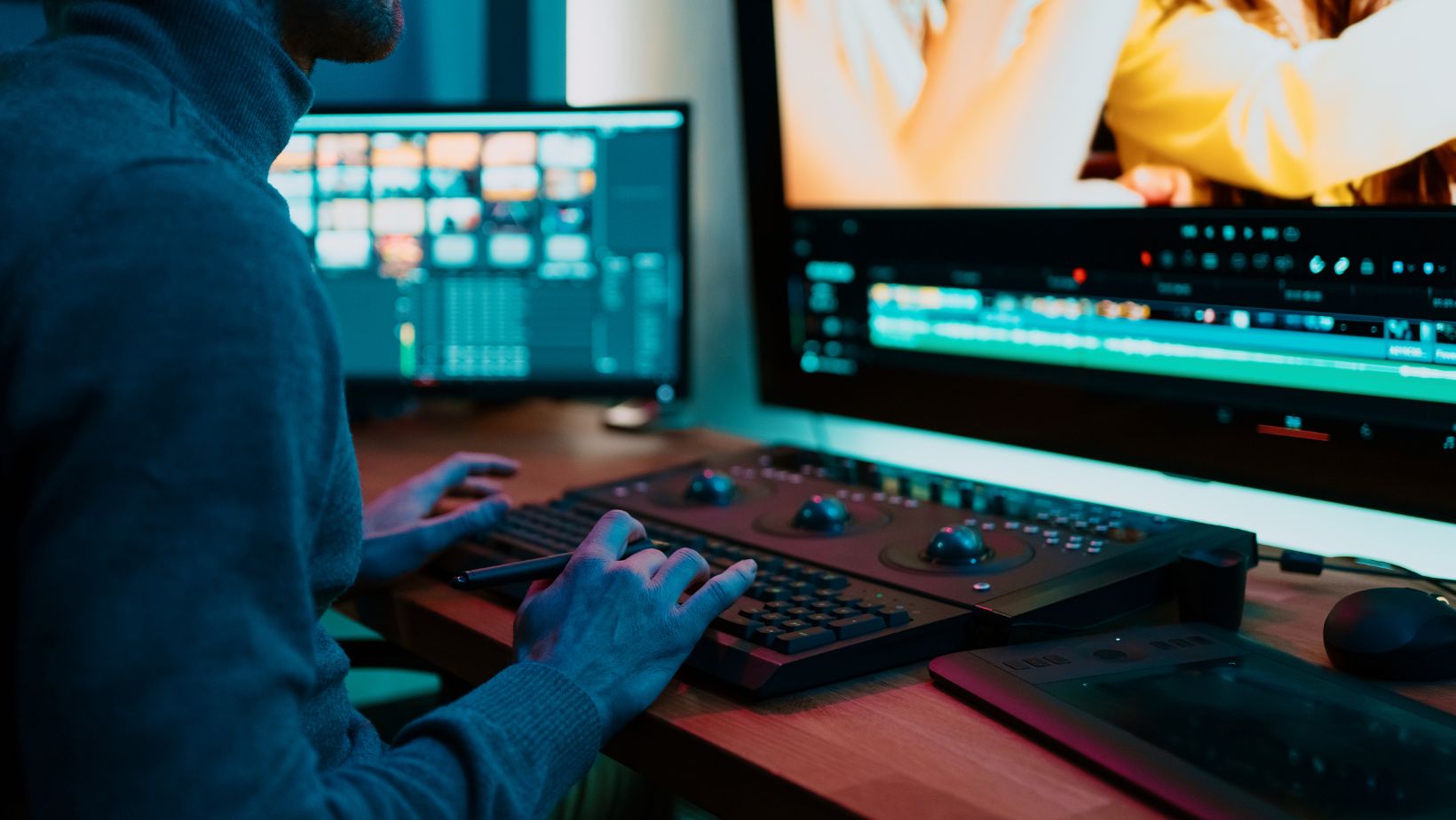
For example, AI-powered video generators utilize Generative Adversarial Networks to generate hyper-real images and videos. In GANs, there is a two-way process: one part is the generator that creates the content, and another is the discriminator that checks if the generated content is realistic or not. Over time, the generator will keep improving because it receives feedback from the discriminator, therefore producing life-like video content.
NLP: The Art of Ideas to Scripts and Dialogue Writing
One of the major problems with video production is the writing of a script and preparation of dialogue. AI video generators have overcome this problem by embedding Natural Language Processing technology, which will let the software understand and generate human language.
For example, AI tools like ChatGPT and GPT-3 can assist in scriptwriting by generating dialogue based on a given prompt or topic. This not only saves time but also opens up new possibilities for content creators. With NLP, creators can easily generate custom voiceover scripts or even simulate conversations between characters in a video.
Computer Vision: Understanding and Manipulating Visuals
Another important ingredient in making AI video generation possible is computer vision. The technology allows machines to “see” and understand the world by processing visual data. It’s used in everything from scene composition to facial recognition during video production.
Computer vision techniques used in AI video generators analyze and change visual elements of videos. For example, face detection algorithms identify people’s faces in a video and track them so that the AI will be able to animate them in a lifelike way. Object recognition can also help AI tools understand the context of a scene and make sure props, characters, and backgrounds are consistent with the intended narrative.
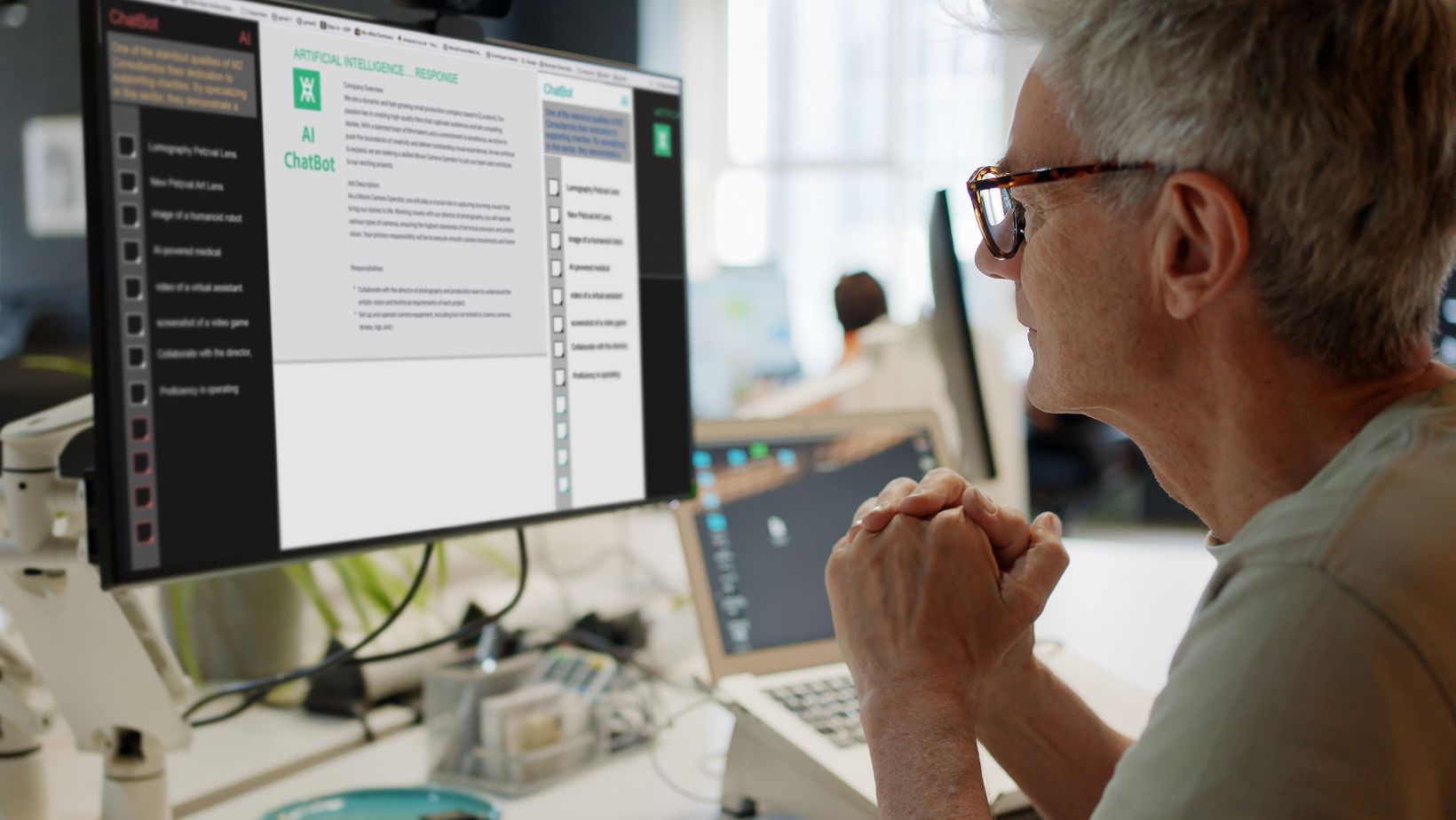
Besides, style transfer technology allows creators to apply visual styles to videos. You can, therefore, make a live-action video look like an animated film or a painting-all thanks to the power of computer vision.
AI and Cloud Computing: Accelerating the Process
Another important factor contributing to the prosperity of AI video generation tools is the combination with cloud computing. Cloud computing allows the computing resource-consuming task of video rendering and processing to be forwarded to powerful remote servers for faster processing and therefore opens the possibility of accessing AI video tools from virtually everywhere connected to an internet network.
Most video generation tools are based on the SaaS platform. The user can upload raw materials, such as scripts, images, or footage; the rest is left to AI. The heavy processing and production job can be done by the AI. The presence of cloud infrastructure may help the group collaborate in a better way and work on their video through their browser in real time to enhance the scalability of their tools.
Applications and Use Cases for AI Video Generators
AI video creation has its uses across several industries, some of them including the following:
- Marketing and Advertising: This can enable marketers to easily create video advertisements, promotional videos, and social media content targeting the audience they would like to address. Such tools may automatically generate a different personalized video for every single viewer, as per his preferences, to enhance interaction.
- Education: AI-powered video makers are finding their place in education to produce lectures, tutorials, and how-to videos for educators and institutions that can be used interactively and inclusively. Entertainment: Special effects, synthetic actors, and even raw footage editing to visually amazing images are examples of AI at work in film and television.
- Content Creation: YouTubers, bloggers, and social media influencers might use AI to produce video content for their channels at a much faster pace and often without needing a video production team.
Conclusion
AI video creation is one of the fastest-moving industries ever to break into the way of creating and consuming video content. With artificial intelligence powered by machine learning, deep learning, natural language processing, computer vision, and the cloud, this is what’s really pushing the boundaries of what’s possible with video production.
